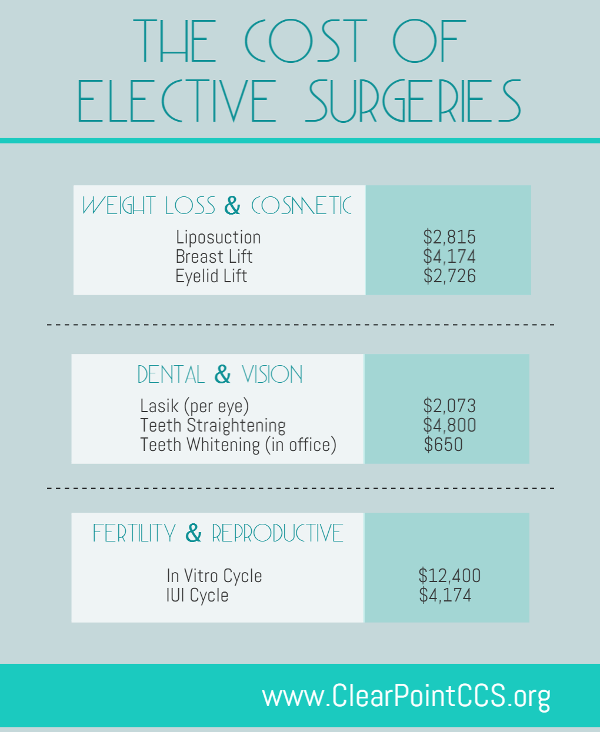Best Skincare Routines For Teens
Best Skincare Routines For Teens
Blog Article
Acne Treatment - What Are AHAs in Acne Treatment?
AHAs are a key component for unclogging pore clogs and brightening acne-prone skin. They work by breaking down dead skin cell buildup to advertise more recent, fresher cells, and stopping future blockages.
Creating topical AHAs requires meticulous interest to various crucial factors that dramatically impact their efficiency and tolerability. Maintaining the ideal pH array, along with automobile option and concentration, magnifies their exfoliative attributes while reducing prospective damaging reactions.
Glycolic acid
Glycolic acid is known for its moderate yet efficient scrubing properties, which promote skin's natural dropping and loosen the "glue" that holds dead cells on the surface of the skin. This assists unclog pores and lessen the look of fine lines and wrinkles, in addition to enhance overall skin texture and tone.
Interestingly, topical glycolic acid has additionally been revealed to boost the manufacturing of collagen, which is vital in preserving skin's firmness and flexibility. It is important to keep in mind, nevertheless, that because glycolic acid can stimulate the skin's level of sensitivity to sunlight, it is essential to put on sun block when using any kind of products containing this active ingredient.
Skin specialists pay mindful interest to the formulation of items containing AHAs in order to enhance their efficacy and tolerability. Creating AHAs with the suitable vehicle, in addition to pH and focus factors to consider, enables optimal skin infiltration while minimizing prospective adverse reactions. This is particularly critical for individuals with delicate skin, because AHAs are recognized to be slightly irritating.
Lactic acid
Lactic acid is located in lots of over-the-counter skin care products and some more powerful specialist peels and therapies. It has the lowest molecular weight of all the AHAs and is able to permeate much deeper right into the skin, where it is much more efficient at unclogging pores and exfoliating.
Like glycolic acid, it likewise promotes collagen synthesis, which assists reduce fine lines and creases and enhance skin appearance. In addition, it has moisture-retention residential or commercial properties, which makes it more suitable for drier skin types than various other AHAs.
The considerable body of scientific information corroborating the effectiveness of topical AHAs supports their utility in a vast array of dermatological ailments and visual issues. These consist of detailed skin rejuvenation treatments, depletion of fine lines and creases, lightening of hyperpigmentation, healing intervention for actinic keratosis, and acne administration [2] Enhancing the solution of AHAs by balancing pH, concentration, and car choice better boosts their therapeutic potential. These careful considerations allow skin specialists to provide risk-free and efficient treatments that offer exceptional clinical results.
Mandelic acid
Mandelic acid, originated from almonds, is one more participant of the AHA family members and is a preferred ingredient in products that help treat acne. Its larger molecular size implies it penetrates the skin much more slowly and gently, which can decrease the potential for irritation. It's also much less most likely to activate inflammation and other skin sensitivity issues, making it ideal for delicate skin types.
Mandelic Acid is thought to help in reducing swelling and boost hydration. It works by loosening up the bonds between dead skin cells, allowing them to lose and expose fresher-looking skin. It also helps in reducing the appearance of enlarged pores.
Creating topical products with AHAs calls for an exact balance of vital elements that significantly affect their efficacy and tolerability. Particularly, the pH of an AHA formulation has actually been revealed to play an important role in its capability to advertise exfoliation and improve complexion botox near me and texture. Accomplishing this optimum concentration is a difficult objective and requires precise focus to the numerous elements that affect the solution procedure.
Citric acid
Citric acid, found in citrus fruits such as oranges and lemons, is a mild AHA. It's less annoying than glycolic or lactic acid, making it preferable for delicate skin. It additionally has astringent properties, helping to dry out excess oil.
Like other AHAs, citric acid can be used in chemical peels and daily active/maintenance treatments to exfoliate the skin and advertise cell turn over. It can help in reducing the look of dark areas and hyperpigmentation, in addition to fine facial lines.
It can additionally raise the synthesis of glycosaminoglycans, which play a vital function in enhancing the skin barrier feature. This aids to prevent trans-epidermal water loss, and maintain optimum hydration degrees in the skin [35]
AHAs can be combined with soothing active ingredients such as ceramides or hyaluronic acid to enhance their tolerability. They can be incorporated right into daily active/maintenance skin care with lotion or lotion solutions. This enables practitioners to customize their AHA treatments based upon patient requirements and preferences, with the versatility of picking from different therapy intensities or concentrations.